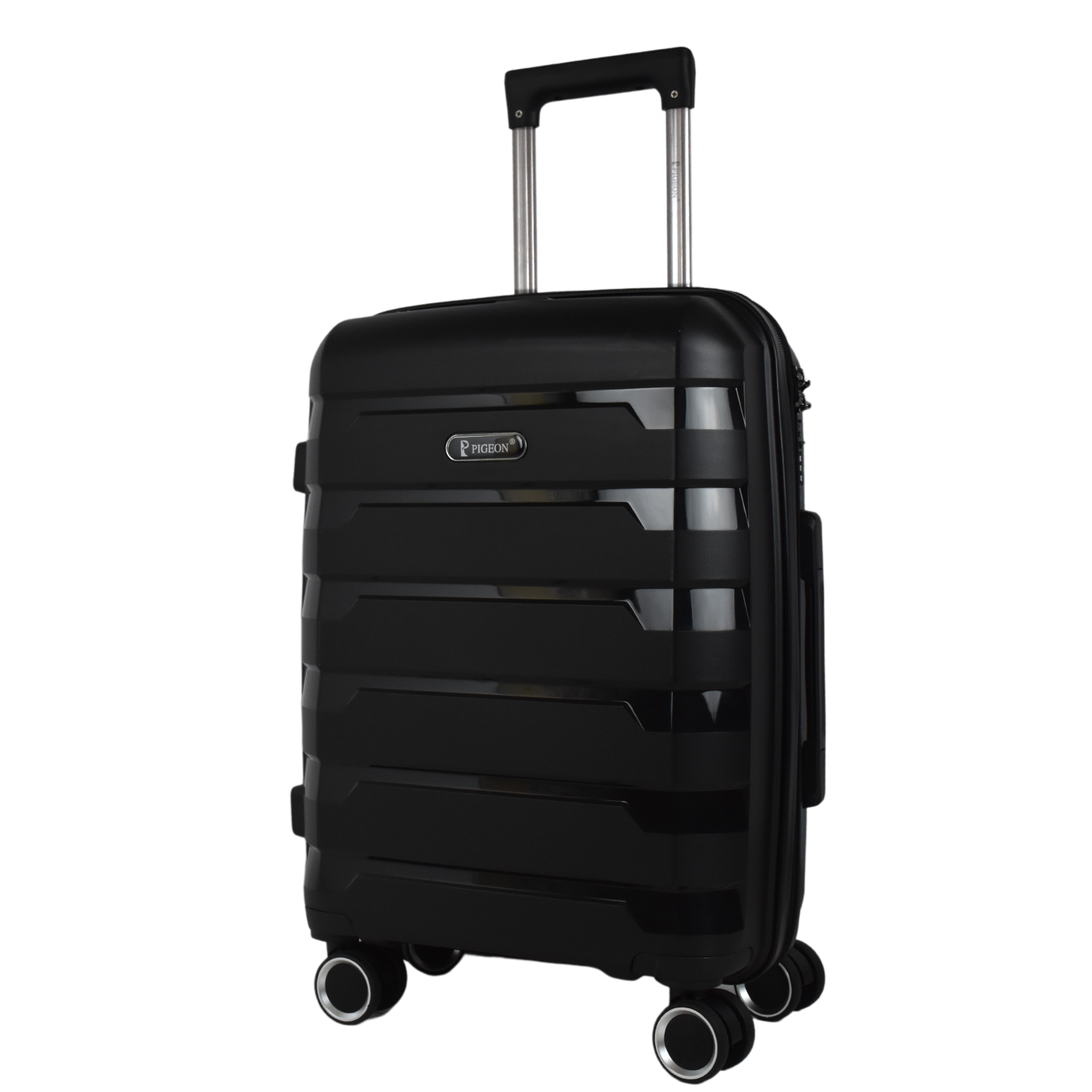-
Shop
-
LUGGAGE SETS
-
OFFERS
-
RECENTLY VIEWED
You have no recently viewed items.
Your cart is empty
Looks like you haven't added anything to your cart yet
ABS VS PP (Polypropylene) Luggages Comparing
Which One to Choose?
Comparing Luggages
When it comes to purchasing luggage, there are many materials to choose from. Two popular options are ABS and PP. Both materials have their pros and cons, so it's important to understand the differences to make an informed decision.
ABS Hardshell
ABS (Acrylonitrile Butadiene Styrene) is a thermoplastic polymer that is known for its strength and durability. It's commonly used in the manufacturing of luggage because it can withstand impact and rough handling. ABS is also lightweight, making it a great option for those who want a sturdy bag that won't weigh them down.
PP Luggages (Unbreaking)
PP (Polypropylene) is another thermoplastic polymer that is often used in the production of luggage. Like ABS, PP is known for its strength and durability. However, it has a slightly different texture than ABS, which can make it less prone to scratches and scuffs. PP is also more flexible than ABS, which can be beneficial for those who need a bag that can easily be squeezed into tight spaces.
So, what are the main differences between ABS and PP luggages?
-
Durability:
-
Weight:
-
Texture:
-
Flexibility:
PP is more flexible than ABS, which can be beneficial for those who need a bag that can easily be squeezed into tight spaces. If you're someone who travels with a lot of gear and wants a bag that can accommodate all of it, PP may be the better option.
Ultimately, the choice between ABS and PP luggages will depend on your personal preferences and needs. Both materials have their advantages and disadvantages, so it's important to consider all of the factors before making a decision.
- Choosing a selection results in a full page refresh.










